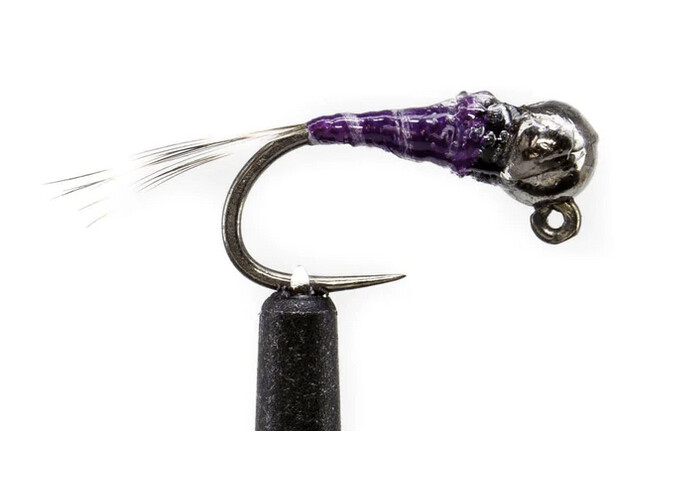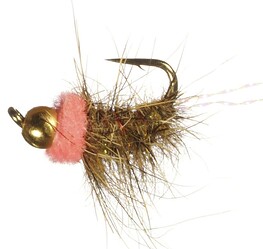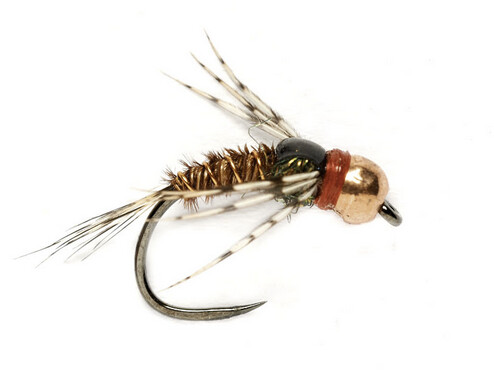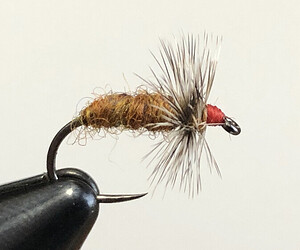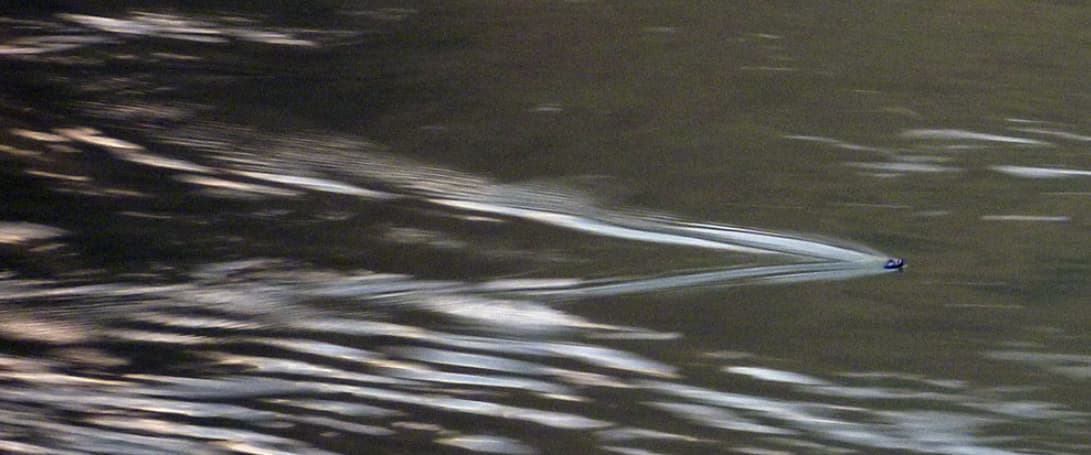@dpnoll , Excellent. I had to look them up.
purple perdigon
pink squirrel
red neck pheasant tail with a soft hackle
To disclose, beyond some experiments with prince nymphs, pheasant tails, and zebra midges I do not fish small flies (under 14) and rarely fish anything without some sort of hackle. Sometimes when I target wild brookies that can be just 3" long, I will use a 16 but almost always are a futsu pattern these days.
I have run into many skilled traditional flyrodders nymphing midge hatches and are extremely productive. 50-100 fish outing sort of boasting, and I believe them. My eyesight prevents me from exploring small flies further. I look it as a challenge to convert fish with 12 -14s during a midge event…really, I have no choice but to embrace my handicap!!!
If you want to try something new that injects some extra utility, try adding a collar of dry fly hackle to the collar of each of those or just one. I personally would opt for a fly in the 12 or a 14 size.
I spent a couple years just fishing the weightless and lightly weighed futsu patterns, but the last three I started experimenting with a bead headed version for use in really deep runs and deep pools. Dredgin!
Why Stiff hackle?
Stiff hackle without weight generates a lot of surface area and can be used to present deep really fast if we play the current. Consider the stiff hackle like velcro for current. It sticks to current like wind to a sail. Combine it with a weighed head, it will go even faster.
When you consider hyrdo dynamics, water moves around obstacles. I have found that I snag less with futsu style flies in either beaded or weightless. Once on the current, it tends to just follow it an because it has so much grip on it, it even can overcome the drag of the tippet, when fishing deeper. If you try it, you will have more tactile feedback. You can feel it in the current’s tractor beam.
Current is like this van gogh painting but in 3 dimensions. Natural presentations can present forage upstream in some cases, but a fly without drag(surface area) in current will continue to be pulled downstream by the force/surface area on the tippet. Really small nymphs have almost no surface area.
This thread discusses the idea but with a video.
It is alive loudspeaker!!!
In addition to adding some utility in natural presentation in current, it also acts as a loud speaker when we put counter current action on it.
If we consider skating flies and flies that are typically skated. The are often palmered hackle fly patterns as the futsu is. If we skate a typical nymph pattern on top, the wake will not be as significant. Palmered hackle is bristled and will also vibrate. Think about running a finger across a hair brush. Skating flies is deadly so adding them to our patterns allows us to fish deep then skate.
Why skating works on top is the same reason why it works deep too.
Look at the v-wake on that fly when dragged cross current. It drives all predatory fish nuts. That wave we see is the displacement in the water. It is visualized on the surface but sub surface it is the same, just not visible. All fish pick this up on their lateral line.
When we pulse a fly it also sends out this signal. A palmered pattern will send out a stronger signal. I would think with the extra vibration it probably reads as super buggy.
With great power comes great responsibility
I will always start with dead drift. Too much signal may over stimulate(spook the fish. I suspect it could turn them off. In a section of river, I will slowly crank the signal up to 11 using different techniques.
Dead drift == no signal
Dead drift + sparse pulse == some signal
Dead drift + swing rise or swing cross current == some signal
rhythmic pulse == more signal
rhythmic pulse + swing rise or swing cross current == mega signal
surface or sub surface skate == mega signal
I will meticulously fish a section going from 0 -11, but once I find the pattern that they are responding to, I use that to start in the next section of river and often get an instant response. It is not always true but often enough. To play it safe, i will start with dead drift an then pick the presentation that worked last.
Trout feed on different things, so how their forage is moving factors in. Sometime the movement is match the hatch, sometimes to stand out you want to do something different than the forage. What the forage is actually doing is almost irrelevant. My eyesight prevents me to see what they are feeding on most of the time. I also have found that the rulebook is not helpful. I am an improvisational fisherman. I try to treat every moment as a potential que to change what I am doing.
I hope you or others find this helpful. Also, if you dont tie your own flies, you should learn. It opens the gamut of possibility. Message me if you dont tie, I can tie some for you to try.
